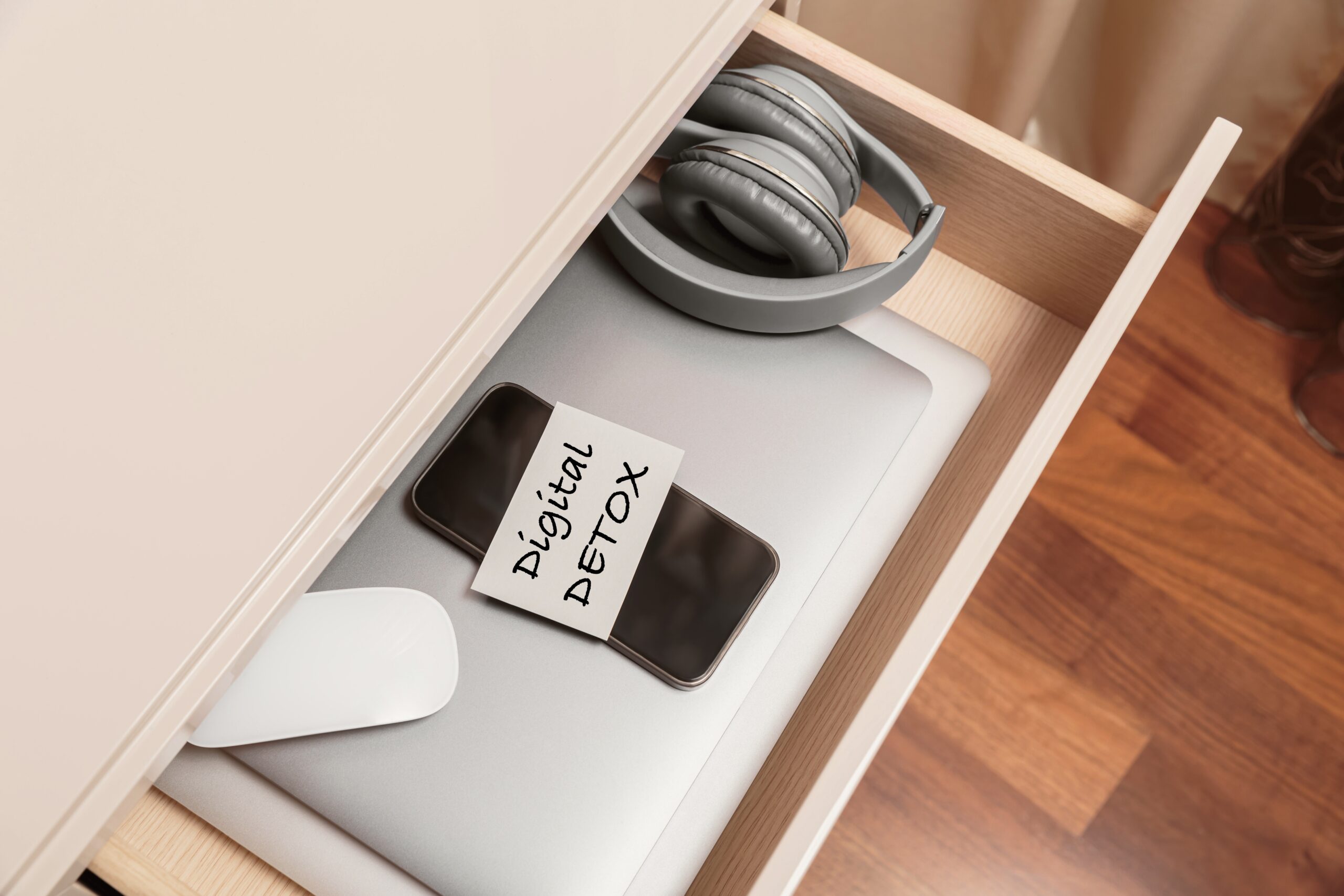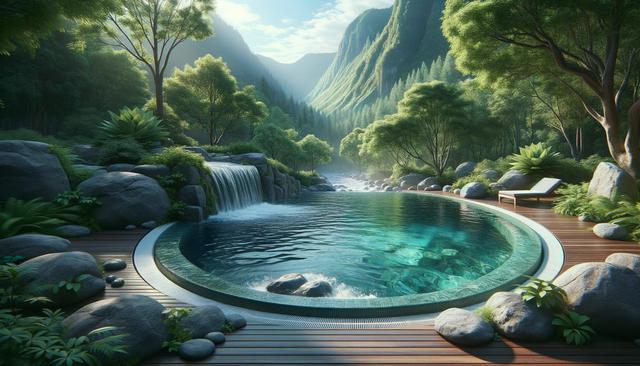What Are Plunge Pools?
Plunge pools are compact, shallow pools designed primarily for relaxation, quick cooling, and hydrotherapy rather than swimming. Typically smaller than traditional swimming pools, they are ideal for homes with limited outdoor space. While sizes may vary, plunge pools generally range from 6 to 12 feet in length and width, and are about 4 to 5 feet deep. Their smaller size makes them more energy-efficient and easier to maintain, which adds to their growing appeal among homeowners and designers alike.
Unlike full-sized pools, plunge pools focus on providing a refreshing soak rather than accommodating vigorous swimming. They are often integrated into backyard designs as focal points, blending seamlessly with patios, decks, and even indoor-outdoor transitional areas. Whether used for a solitary soak or as a stylish water feature during gatherings, plunge pools offer a versatile solution for modern living.
The Benefits of Installing a Plunge Pool
There are several reasons why plunge pools are gaining traction in both urban and suburban settings. Their practical advantages make them suitable for a wide range of homeowners, especially those looking to enhance their outdoor space without a major renovation.
Some key benefits include:
- Space Efficiency: Fits well into smaller yards and urban properties.
- Lower Maintenance: Requires less water, fewer chemicals, and less cleaning effort.
- Energy Savings: More economical to heat compared to larger pools.
- Multi-Season Use: Can be heated for year-round enjoyment.
Additionally, plunge pools can be equipped with features such as jets for hydrotherapy, making them a relaxing retreat for anyone dealing with muscle soreness or stress. The ability to customize these pools with unique shapes, finishes, and seating arrangements also adds to their appeal.
Design and Customization Options
When it comes to aesthetics, plunge pools offer a wide array of design options that can complement various architectural styles and outdoor themes. Whether you prefer a modern minimalist look or a more natural stone-lined appearance, there’s a design to match your vision.
Customization choices include:
- Material options: Concrete, fiberglass, or precast materials.
- Shape and layout: Rectangular, round, or freeform.
- Finishes: Tiles, pebbles, or polished surfaces.
- Features: Waterfalls, lighting, built-in seating, and heating systems.
These design elements allow homeowners to create a cohesive outdoor space that feels luxurious and personalized. Many choose to incorporate surrounding landscaping, decking, or pergolas to enhance the visual appeal and usability of their plunge pools.
Installation Considerations
Before installing a plunge pool, it’s important to consider several factors that may affect feasibility and cost. One of the first steps is assessing available space and determining the most suitable location, which often depends on sunlight exposure, privacy, and proximity to the home.
Other considerations include:
- Permits and local regulations: Some areas may require permits or inspections.
- Soil and drainage: Proper drainage is essential to avoid water damage or instability.
- Access for construction: Sufficient access for excavation and material delivery is necessary.
- Budget: Costs can vary widely depending on size, materials, and added features.
Working with a qualified contractor can help ensure that your plunge pool is installed safely and meets all local building codes. Careful planning also allows you to optimize your investment and avoid hidden costs.
Maintenance and Upkeep
One of the key advantages of plunge pools is their relatively low maintenance compared to traditional pools. However, regular upkeep is still necessary to keep the water clean and the system functioning efficiently.
Basic maintenance tasks include:
- Testing and balancing water chemistry.
- Cleaning filters and skimming debris.
- Checking the water level and refilling as needed.
- Inspecting equipment like pumps and heaters periodically.
Automated systems, such as robotic cleaners or smart pool management tools, can further simplify these tasks. Because plunge pools use less water and fewer chemicals, they are also considered a more environmentally friendly option for homeowners who want a sustainable water feature.
By following a regular maintenance routine, you can extend the lifespan of your plunge pool and ensure it remains a safe and enjoyable part of your outdoor living space.








